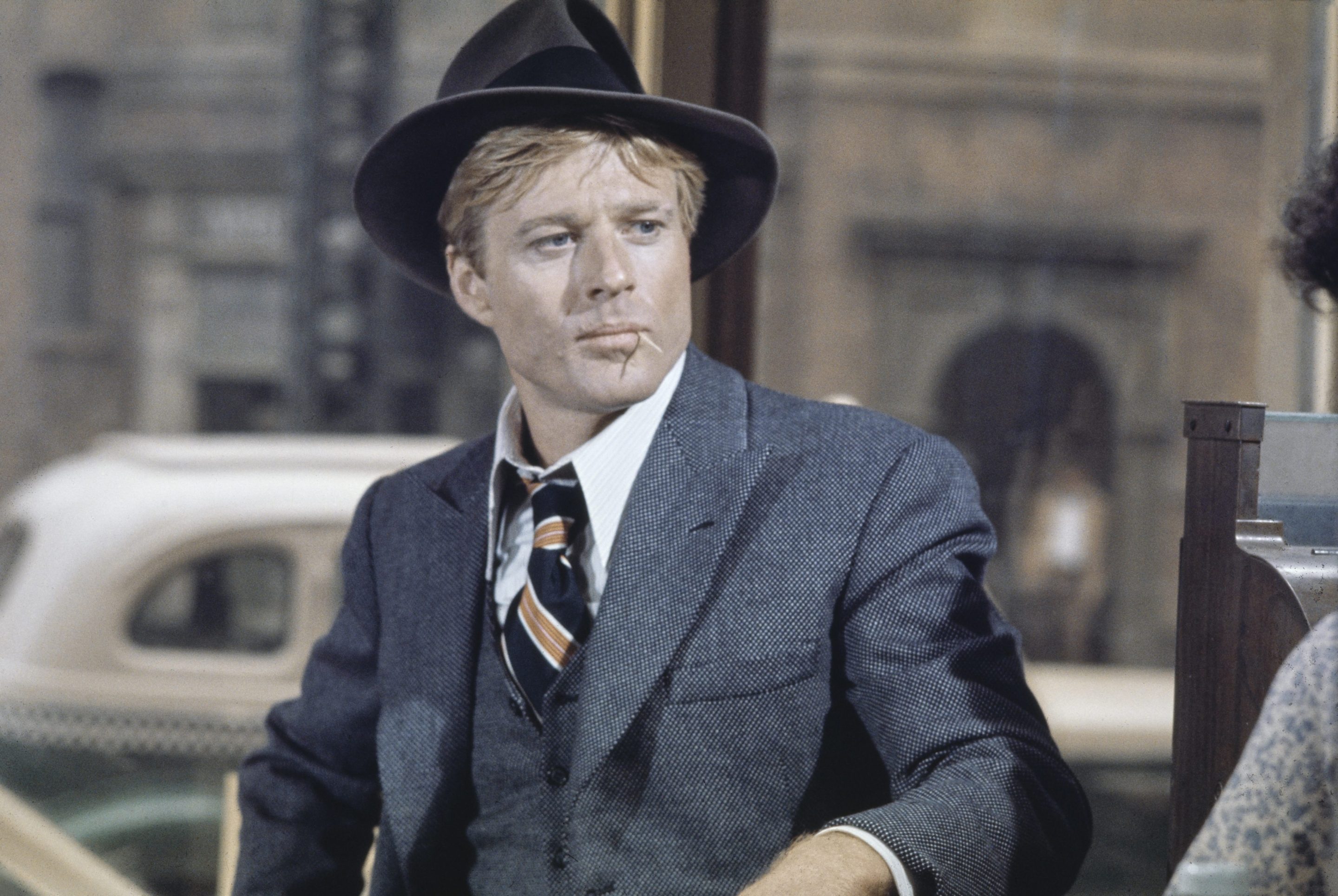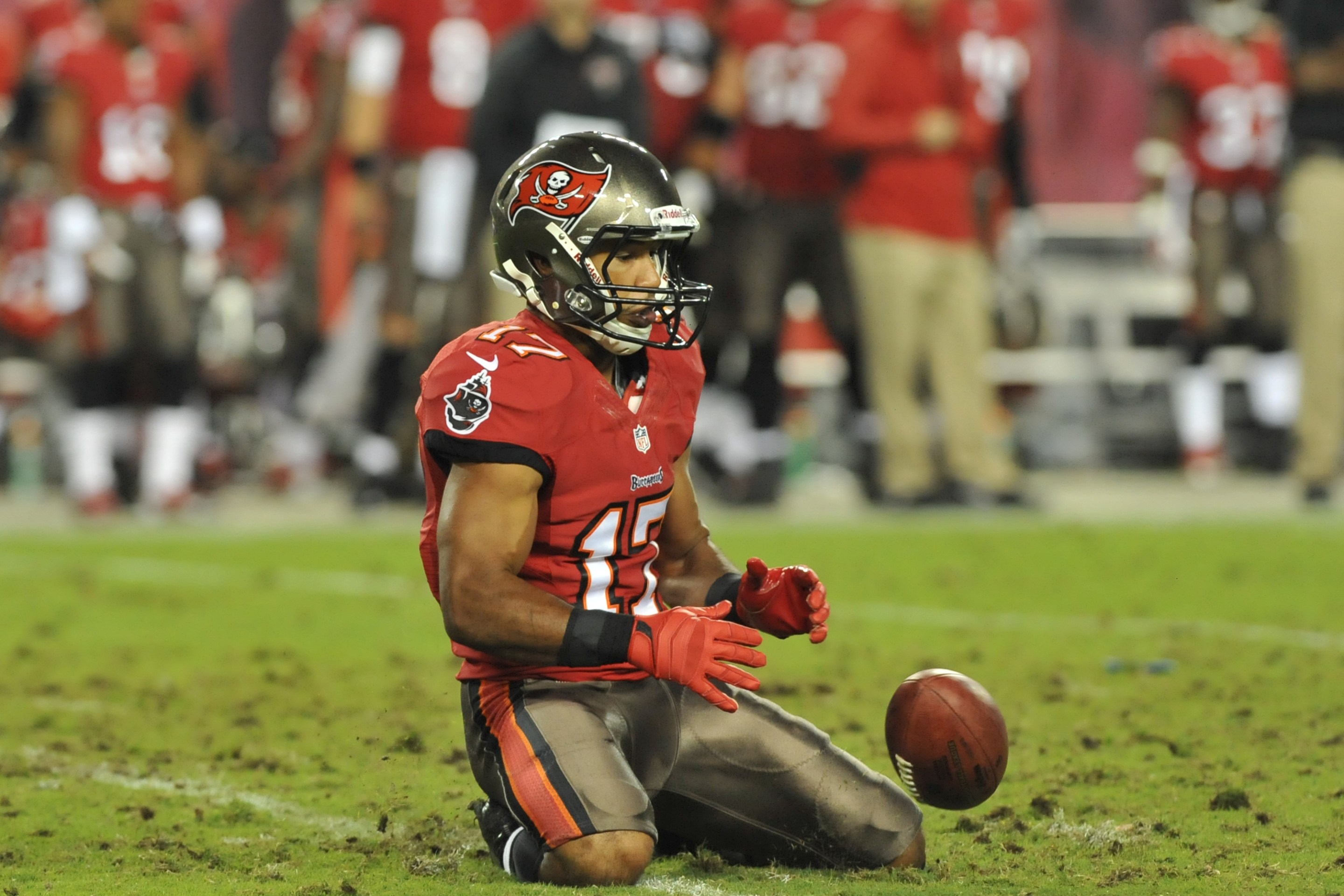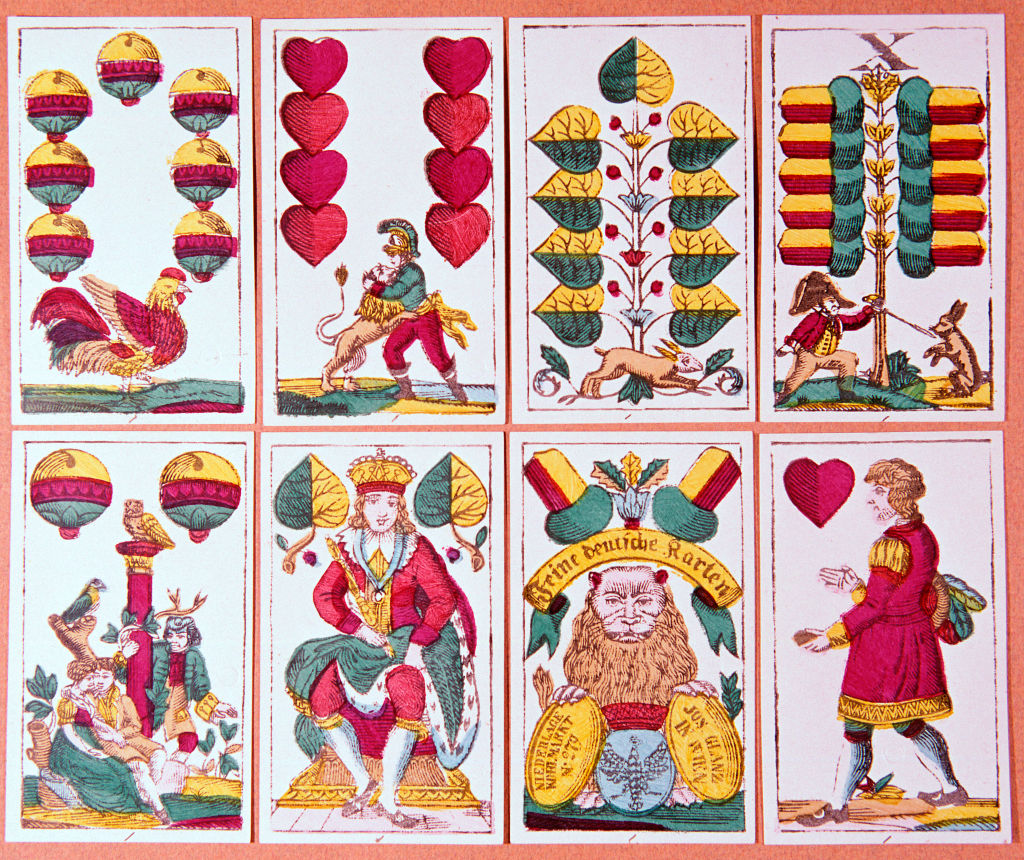When I read that Robert Redford died on Tuesday, I did a double take. I didn't realize he was 89, but even if he was, he had that air of immortality that attaches to all true movie stars. The double take seemed appropriate—Robert Redford, over his many decades on screen, had, among so many other things, managed to turn it into an art form. He was a kind of skittish actor, whose flashing, darting eyes often appeared almost frantic, whose movements skewed jerky, like there was a scrappy little boy constantly knocking against that old Hollywood exterior. He did a lot of squinting and his nodding became a meme, but it was his signature double take—that casual glance, then brief look away, then snap back with those big blue eyes that said "Wait, what?"—that ended up having so many meanings. It was a look that answered its own question, and when he died, the quintessential double take went with him.
It's ironic that Redford became super famous for playing the sharp-shooting Sundance Kid to Paul Newman's sharp-talking Butch Cassidy in George Roy Hill's 1969 film, about a couple of 19th-century outlaws running out of luck. Sundance holds the gaze, he doesn't double back on it. He watches, he waits, as his partner talks and talks and talks. But even as far back as Butch Cassidy and the Sundance Kid, Redford was doing a double take. It wasn’t in the script. William Goldman didn’t even have him written on screen when it happens. But in the moment in question, it's dark, so dark it's almost pitch, and he and Butch are watching a posse closing in on them. They’re sitting in wait as the lights glow beneath them, when it suddenly becomes clear that those lights really are heading in their direction. That's when Redford does a blink-and-you'll-miss-it double take punctuated by "Dammit!" It's a perfect coming-out party for what would become his trademark—Redford is often with his buddies when it happens, and it's often exclamatory. As he says later in the film, when asked to shoot something on the spot: "I'm better when I move."
The double take was suitable for an action star, but it seeped into Redford’s less overtly physical roles, too. In The Way We Were, his 1973 romance co-starring Barbra Streisand about a varsity letterman with a very distracting name (Hubbell) and his unlikely romance with a Jewish spitfire (the less distractingly named Katie), the move comes way at the end. The couple have already split for the last time when Katie catches sight of Hubbell across the street, paying for a cab with his very blonde new girlfriend. The camera watches him absently glance at Katie with a furrowed brow as he is pocketing his change—then the sudden realization, his head snaps back up, and he holds his gaze as good as Sundance as he takes her in, the ghost of a furrow remaining over that slow lived-in smile that blooms across his face. A double take borne of true love.
But 1976's All the President's Men, in which Redford plays Bob Woodward, one of two Washington Post reporters (along with Carl Bernstein, played by Dustin Hoffman) who broke the Watergate scandal, was where he started to use the move more regularly. In one of the film's first scenes, Woodward is sitting in a courtroom as a group of men appear before the judge, accused of the Watergate break-in. When Woodward hears one of the members is a retired CIA man, his squint turns into a double take. "Holy shit," he says, even though that second look already said it. The next time is more tongue-in-cheek: While briefing the Post head on his reporting so far, he mentions the name of a man his editor had mocked him for not knowing. As he says the name of Nixon’s Special Counsel, Charles Colson, he glances back at this editor—twice—that second look the punchline to their inside joke.
All the President's Men is filled with Redford double takes. He does it when Bernstein complains about losing a scoop despite having a source—"Get him, then!" Woodward's double take says—and again, when an unexpected bit of evidence is literally dropped into his lap. In journalistic parlance, I read these proliferating second looks as pull quotes—Redford's attempt at emphasis, to highlight the importance of specific moments from within a character he himself described as having a "bland exterior." As he told Rolling Stone in 1994, “That’s actually a pretty good character to play, because underneath that is a kind of killer instinct.”
The first time I really noticed a Redford double take, however, was in Sneakers, the 1992 thriller about a band of misfit security specialists hired to find a little black box, which turns out to be the ultimate code breaker. I likely noticed Redford's double take because I’ve watched this movie no less than a million times. In the scene where it really jumped out, Redford's whole team has just agreed to the risky little black-box operation that might get them killed, and he is on his way to a lecture by the mathematician who built it. As they are all breaking up from the meeting, Sidney Poitier's character asks if Redford wants him or another member of the team to go along. As he's rifling through papers on his desk, Redford says: "No, that's OK, I thought I'd ask Liz." Beat. The entire team, which is now almost out the door, stops and turns to look at him. Cut to the monster of all Redford double takes, the actor center frame in his casual teal sweatshirt, shot from the waist up, almost his whole body performing that double look that says, "What?!" Turns out Liz is Mary McDonnell, an old flame.
When I rewatched Sneakers the other night, I lost count of the number of double takes. There is a literal octuple take 17 minutes in when Redford does a double take at one NSA agent, then the other, rinse and repeat. I’m shocked he didn’t get whiplash.
One of Redford's last on-screen double takes takes longer than usual. David Lowery’s 2018 period crime caper The Old Man & the Gun, in which Redford plays an aging gentleman robber, was the actor’s last major role ahead of his retirement. As he explained to his grandson in an interview in 2016, he had grown tired of acting: "I’m an impatient person, so it’s hard for me to sit around and do take after take after take." Ha! And maybe unsurprisingly, this Old Man double take is more cryptic than usual. Redford's character is in a motel room with his buddies (Tom Waits and Danny Glover), and he's working in front of the television. The screen shows a black-and-white scene of what looks like two cowboys on horses, which of course conjures Butch Cassidy and the Sundance Kid. Redford's old man looks up once, then jerks his head up a second time to watch the cowboys make their way across the screen. It's hard not to take this as a man seeing his life flash before his eyes, a double take that captures both where he came from and where he's going. A fitting final double take for the master of the second glance, facing his own mortality. A last look that didn't say, "Wait, what?" so much as "Oh, right."






